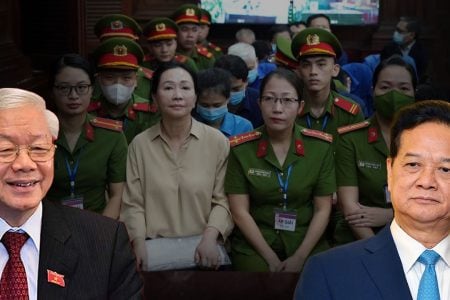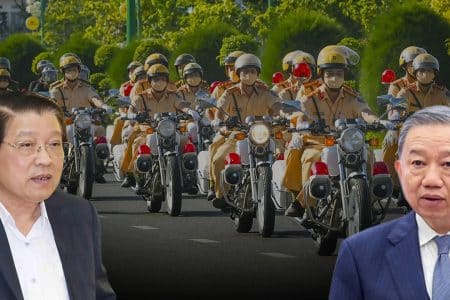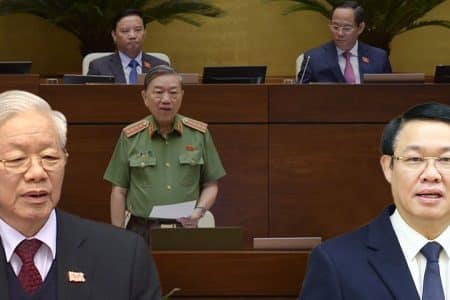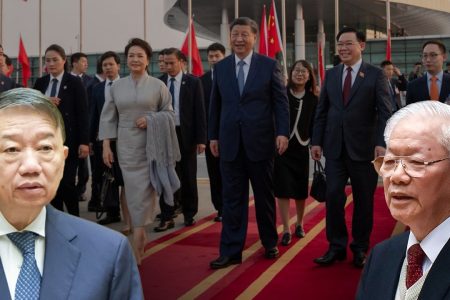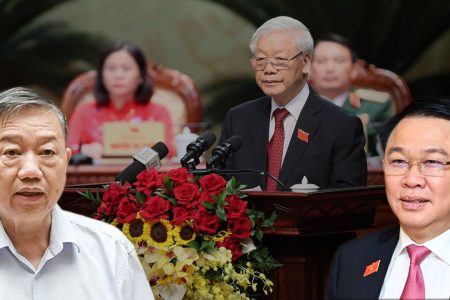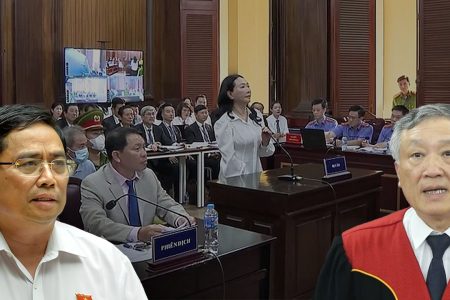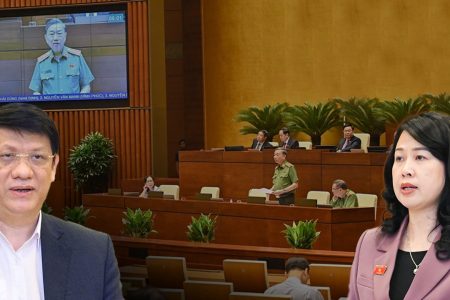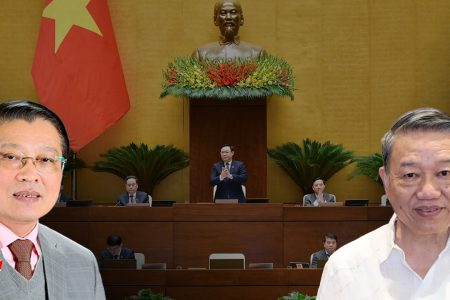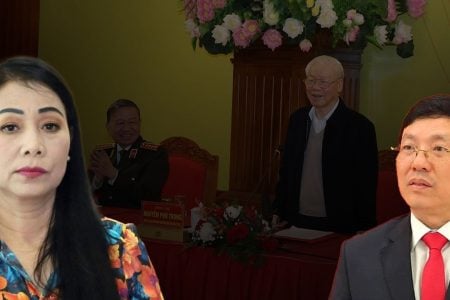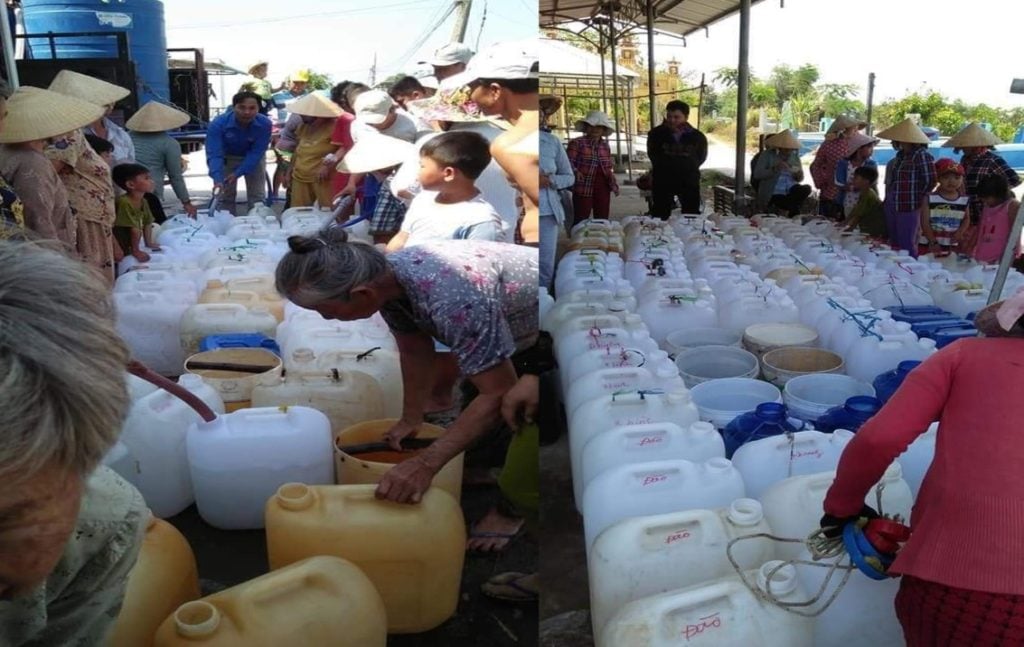
Fresh water … salty as tears: People in the southwestern region have to travel far to buy fresh water at a frightening price, in some places VND150,000-VND200,000/cubic meter, dozens of times higher than the water price in urban areas. In March, drought in the South reached its peak and the West region lacks fresh water seriously. That is what is happening in an immense river-water for generations: the Mekong Delta. You are in urban, running water rushing, have you ever experienced the situation of “quarterly water shift”?
Last week, the provincial government of Ca Mau called on experts to help it find a way to deal with water shortage: Without irrigation water, farmers had to leave 18,000 hectares of rice fields fallow. In addition, 42,000 hectares of forest are withering.
The number of points of subsidence has exceeded 1,000, including many provincial roads, inter-district and inter-commune roads, etc. The total length of the surface roads suddenly broke is 21.6 km. Not only roads, many sections of canals, ditches and dykes to prevent saline water also subsided and deformed.
In addition, there are currently 20,500 families lacking water to drink, bathe, wash, etc. It is especially worrying that the damage has not stopped there but it will increase faster and higher when the drought is getting worse and worse!
This situation is not only happening in Ca Mau but also in other places in the Mekong Delta.
Recently, during the dry season, the water level of the river and canal system in the Mekong Delta has dropped, the salt water from the sea has flooded into the place but this year, the extent of salt water intrusion into the the delta has exceeded 100 km!
The General Department of Irrigation of the Ministry of Agriculture and Rural Development announced that this year’s dry season, saltwater intrusion into the Mekong Delta occurred earlier, deeper, with more serious consequences than the 2015-2016 dry season (which is thought to be unprecedented).
Things could get even worse due to the complex evolution of global climate change and the upper Mekong being blocked for hydropower! Overall, the future of the Mekong Delta – home to some 17 million people – is increasingly bleak.
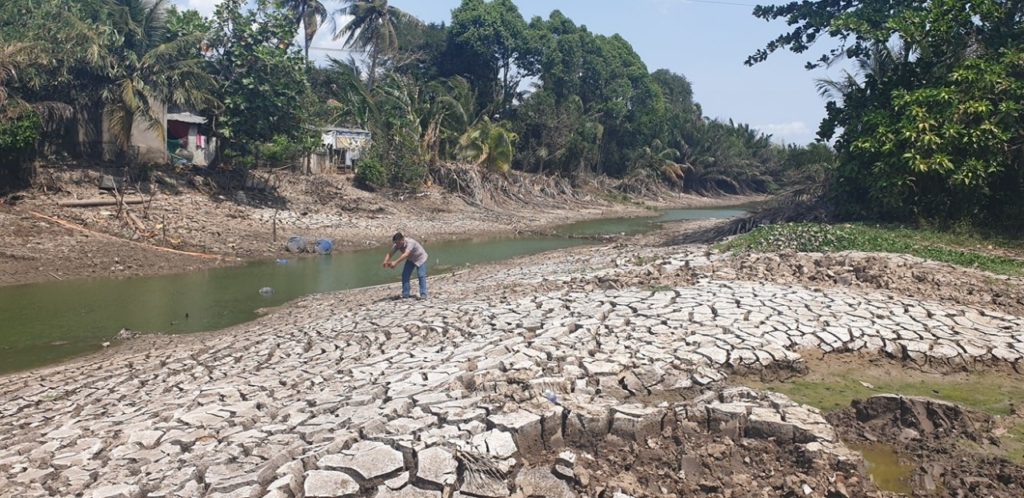
The area of about 40,500 square kilometers was once famous for its abundance of all kinds of natural products, a granary that provided up to 90% of Vietnam’s rice export, 60% of the country’s seafood export, and got a growth rate of 7.8% five years ago, higher than Vietnam’s growth rate (6.8%). The delta is slowly falling to the bottom because of decreasing opportunities for survival and development.
Because it is increasingly difficult to live, more and more residents of the Mekong Delta leave the region. Since the mid-2010s, the rate of mechanical population growth (the difference between out-migration and in-migration) in the Mekong Delta has always been negative.
Some experts estimate that, in the ten years from 2008 to 2018, about 1.7 million people in the Mekong Delta left the region.
In other words, the living environment is changing in a harsher way, the chances of escaping from poverty are getting smaller and smaller so the delta’s population decreases by 24,000 annually and the number continues to rise.
Surprisingly, the negative impacts of climate change, of upstream exploitation of the Mekong River for hydropower on the future of the Mekong Delta has been warned since the early 2010s and more clearly illustrated by the unprecedented drought seen in the dry season 2015 – 2016 in the Mekong Delta but the Communist Party of Vietnam and its government issued … resolutions only!
“Now China discharges the dam, and if it reaches the Mekong Delta, it will take three weeks later, then the rice here will also die due to water shortage,” said Deputy Director of the Can Tho University’s Institute for Climate Change Research.
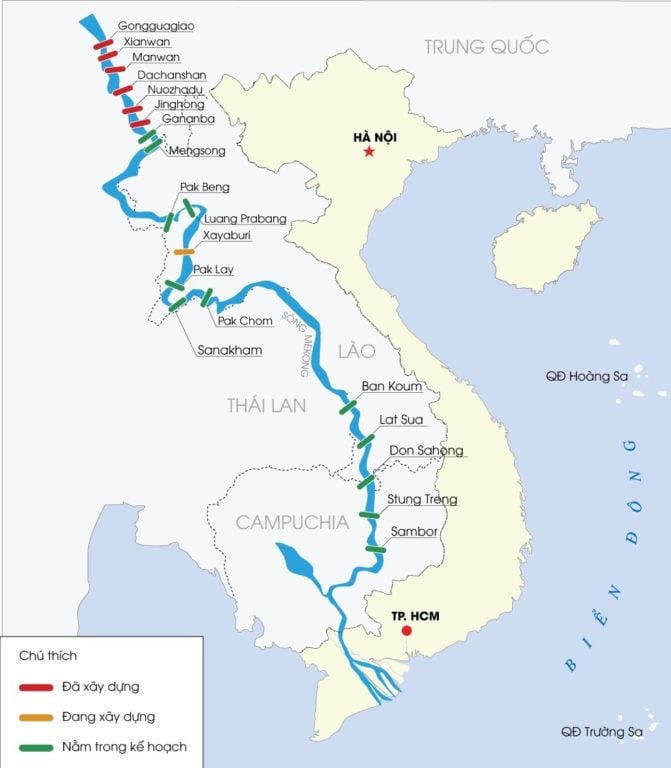
At a meeting within the framework of the recent 5th Ministerial Meeting of Foreign Ministers of Mekong – Lan Thuong, Chinese Foreign Minister Wang Yi informed about the above mentioned dam discharge to help countries in the Mekong basin deal with fierce drought is fierce “China overcame its difficulties and increased the flow of the Lan Thuong River (the Mekong River in China) to help countries in the Mekong basin deal with drought. We also agreed to enhance cooperation within the LMC framework to ensure a rational and sustainable use of water,” said Vuong.
Regarding information that China announced the discharge of hydroelectric dams on the Mekong River, Assoc. Prof. Dr. Le Anh Tuan, deputy director of the Institute of Climate Change Research (Can Tho University), said that the discharge water from this dam will not to reach the Mekong Delta.
According to Mr. Tuan, in 2016 China discharged dams with the flow of 2,100m3 /second and the water did not reach the Mekong Delta, while this time at 850m3/sec, it would not be possible, not to mention the other upstream countries like Thailand, Laos … also get water.
“The problem is that the dry season has almost gone. The water discharge in the beginning of the season would be valuable. That’s not to mention China now dams, if the water reaches the Mekong Delta also takes 3 weeks later, then the rice here will have been died all,” Mr. Tuan said.
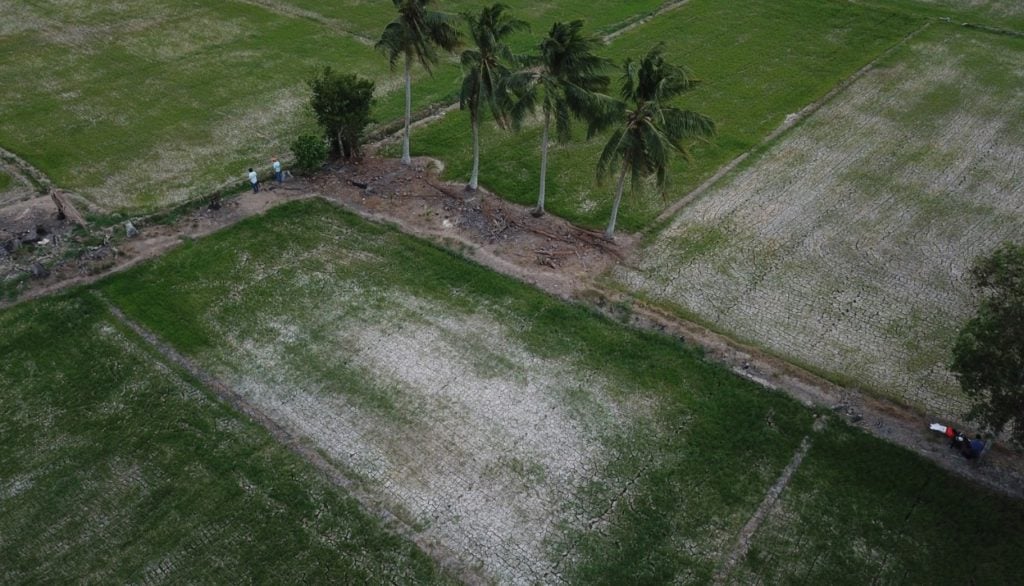
China also said it would consider sharing hydrological information for further support in the future.
A new report by Fitch Solutions Macro Research predicts that dam construction on the Mekong will change the economic activities of five countries in the river basin and dam construction will cause serious damage for aquaculture and crop plantation, forcing the nations to import rice.

China has completed 11 mainstream dams on the Lancang-Mekong upstream.
Laos has completed two main dams, Xayaburi and Don Sahong.
The largest 1,410 MW Luang Prabang project scheduled to start early in April 2020 will be the third of Laos’ nine mainstream dams. Paradoxically, PetroVietnam Power Co. is its investor and the dam is expected to harm to the Mekong Delta further.
The dry situation in recent years has been devastating for agriculture in Laos, Thailand, Cambodia, Myanmar and Vietnam. Observers argue that 11 Chinese dams in the upper Mekong as well as climate change are the main causes of killing the ecosystems of the Mekong Delta.
Resolution 120/NQ-CP published at the end of 2017 aims to help the Mekong Delta “develop sustainably“, helping the region “adapt to the effects of climate change …” is just a painting on paper. The Mekong Delta continues to be used as a tool to enable the public system to meet the growth targets set by the political system.
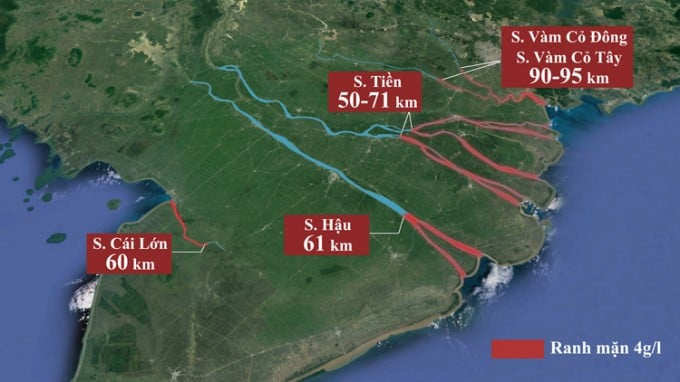
Because only exploiting and investing in drip, the Mekong Delta has become an area of shortage of everything from transport infrastructure to education, health care …
The average annual income per capita in the Mekong Delta ranges from 80% to 85% of the average annual income per capita of Vietnam.
According to a statistic published at the end of 2017, in the five years from 2010 to 2015, Vietnam spent VND850 billion to implement the program “building a new rural areas.”
By the end of 2015, the National Assembly “agreed” to spend VD193 trillion in 2016-2020 will spend another 193 trillion more to … continue implementing the program “building a new rural areas.”
The program of “building a new rural areas” has erected numerous welcome gates, central post offices, markets, … in several thousand communes. Although the governments of 53/63 provinces and cities have competed to call for investment and build all sorts of “nonsense” items under the “new rural standard,” by the end of 2017, there were still VND15,277 billion that could not be paid, but no money for the Mekong Delta’s “sustainable development.”
Mekong Delta can “adapt to the effects of climate change” when the surface collapses, subsides, sea level rise, drought … but can not do anything when the upper Mekong is blocked by hydroelectric projects.
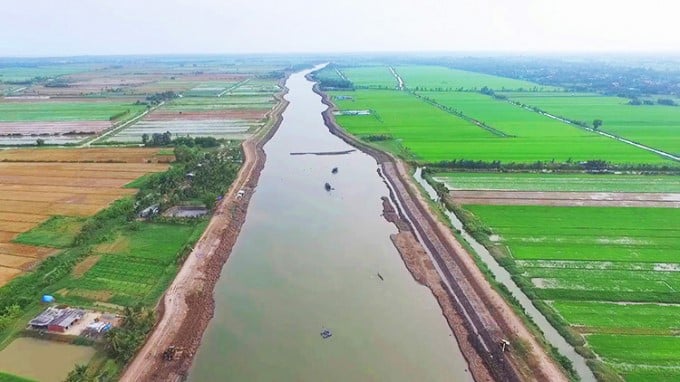
The most difficult problem does not lie in the changes in nature but in the head of each member … Politburo, the central government and the local governments.
How can we help the Mekong Delta “adapt to the effects of climate change” when everything still depends only on those individuals who have the right to choose – approve the solution but only know “the political economy” Marx – Lenin “, fluent in” Party building “and belonging to” Party history “? …
On the Saigon Economic Times, economist Bui Trinh – has just warned: “The Mekong Delta is ill, the country is also weak” with a lot of evidence.
In the midst of the Mekong Delta going through a period of “boiling water, burning fire“, it seems that the political system and the Vietnamese public system only care about how Covid-19 will not affect the ability to reach the ” growth target” set for this year. Mr. Trinh noted, the environment has a serious impact on the economy, if only plunging into GDP growth, there will be serious environmental consequences which will in turn affect the passion for GDP.
For so long, the analysis and warnings of Mr. Bui Trinh are not few and though very clear
Vietnam with the head of the Party and the State Mr. Nguyen Phu Trong is very old and backward, plus his major was worse at building party before the collapse of the Soviet Union. It is this that has caused more severe consequences for the Vietnamese people because the Party only cares for its authoritarian repressive apparatus and forgets millions of Vietnamese people who are living day and night in the dark and facing natural disasters.
The foreign doctrine that exists in Hanoi can now be “changed” and no longer “repaired.”
Thu Thuy from Hochiminh city – Thoibao.de (Translated)






